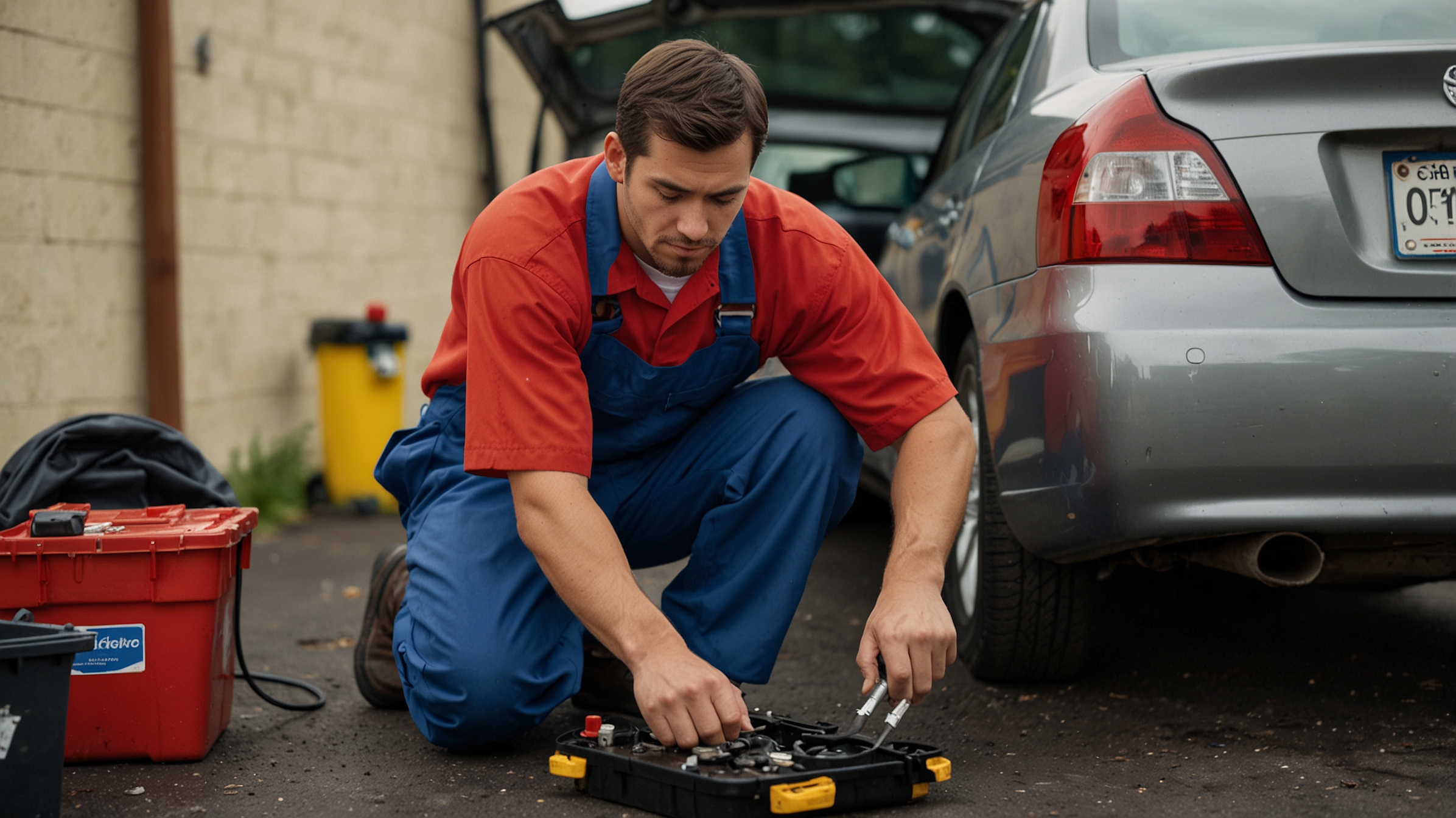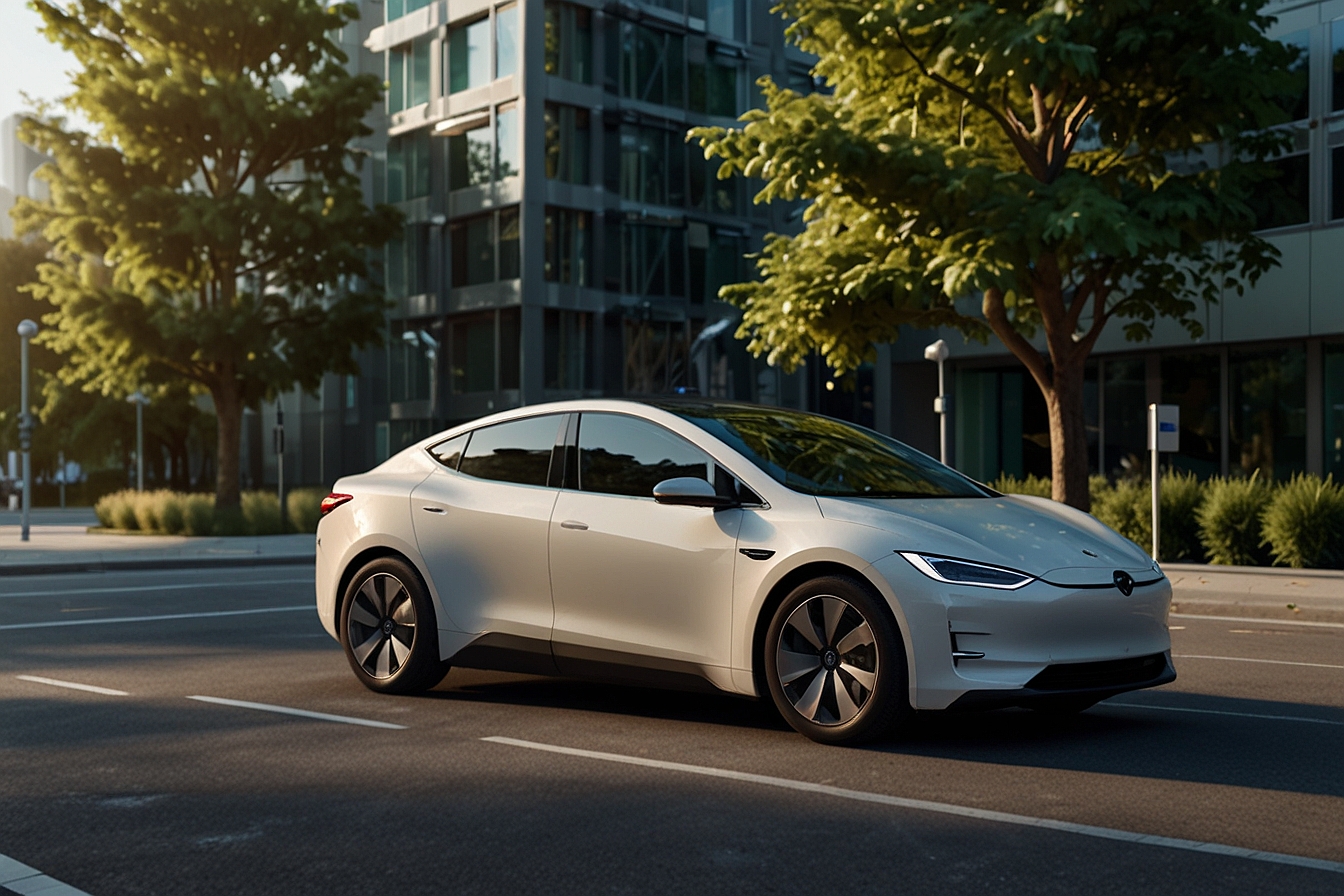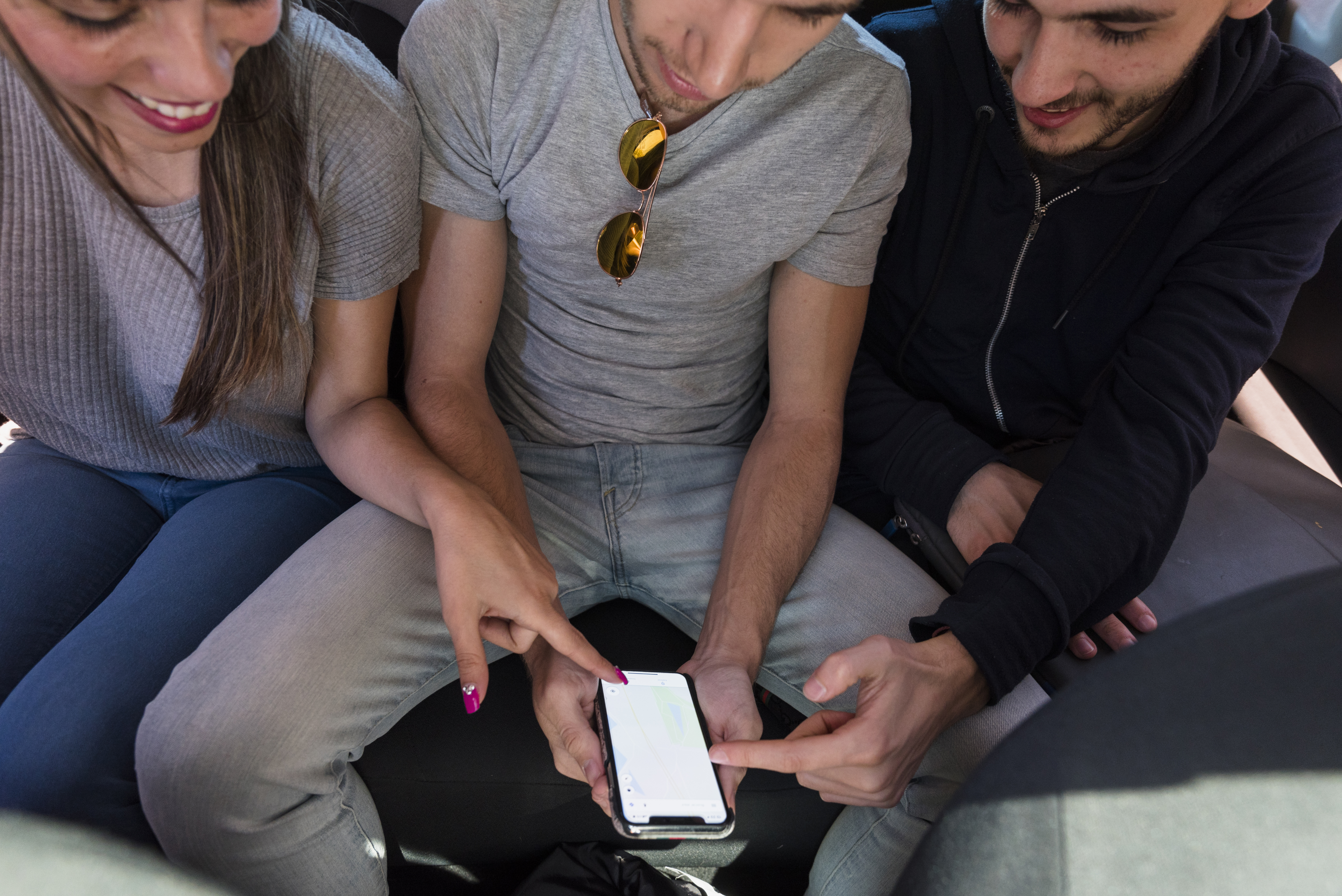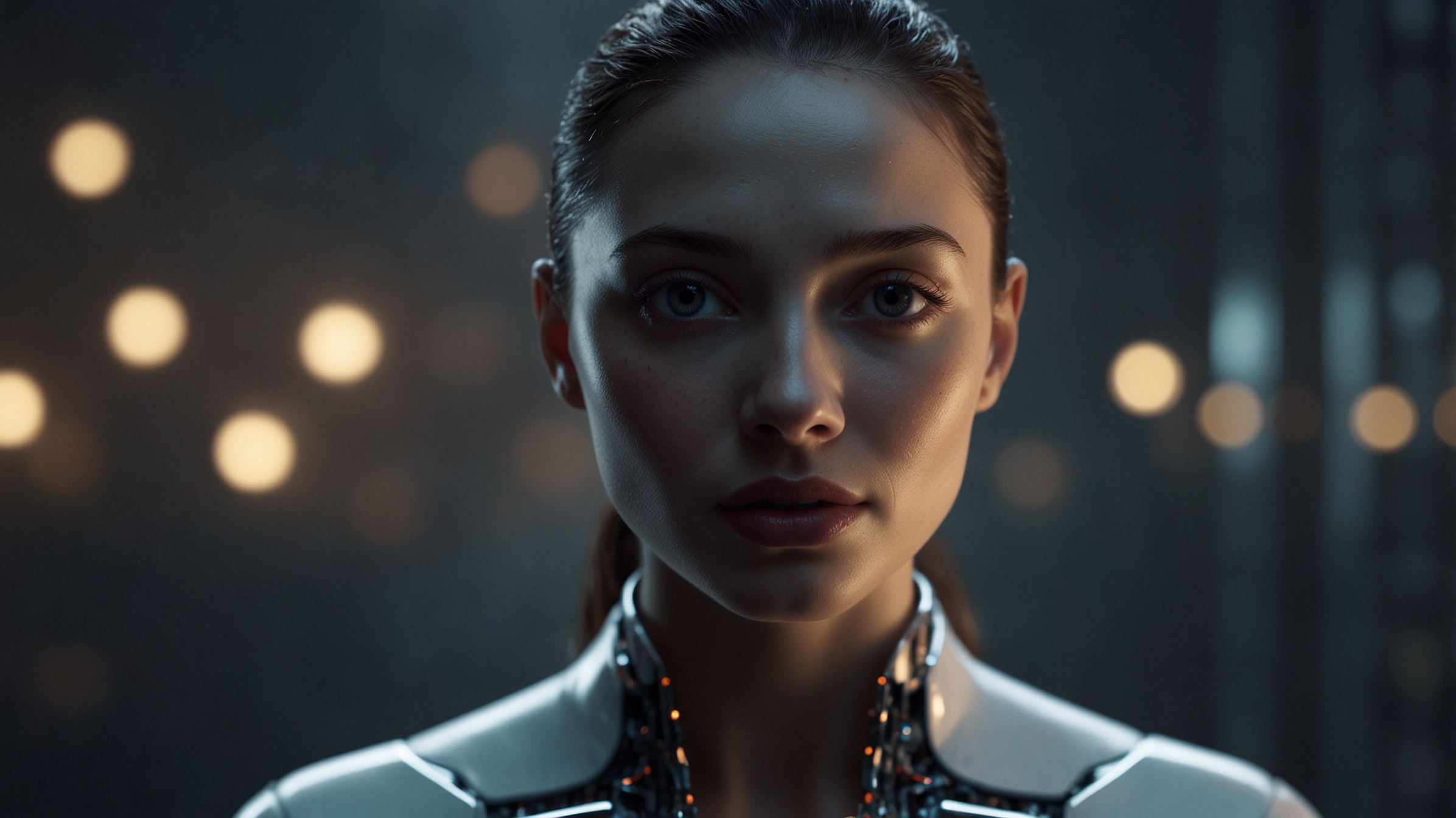Picture this: instead of waiting in line at a service center, flipping through outdated magazines in a stuffy waiting room, your vehicle gets serviced right in your driveway—while you work from home, cook dinner, or relax with a book. This isn’t a futuristic fantasy. It’s the reality of mobile mechanics, a fast-growing service model that’s transforming how drivers maintain their vehicles.
As convenience becomes a top priority for consumers across industries, mobile auto services are quickly gaining traction. From simple oil changes to brake replacements and diagnostics, certified mechanics are now offering full-service repairs on your schedule and at your doorstep. But is this just a trend—or the future of car care?
Let’s explore how mobile mechanics work, the benefits and limitations, and whether this shift is one worth embracing.
What Are Mobile Mechanics?
Mobile mechanics are trained, often ASE-certified, technicians who travel to the customer’s location—home, office, or even the side of the road—with the tools and parts necessary to perform a range of auto services. Customers book appointments through apps or websites, describe their issue or maintenance need, and the mechanic arrives ready to work.
While this business model has existed in small pockets for decades (think roadside assistance), the recent rise of mobile-first platforms has made scheduling and scaling the service easier and more reliable. Companies like YourMechanic, Wrench, and RepairSmith, as well as local mobile operators, have built digital ecosystems that match customers with certified techs and streamline everything from pricing to appointment reminders.
What Services Can Be Done at Home?
You might be surprised by how much can be done without a shop lift or garage.
Common mobile services include:
- Oil changes
- Brake pad and rotor replacement
- Battery replacement
- Starter and alternator replacement
- Diagnostic scans and error code troubleshooting
- Belt and hose replacements
- Spark plug and filter replacements
For jobs requiring major equipment (like transmission work or exhaust system overhauls), you’ll still need a traditional shop. But for the vast majority of routine maintenance and minor repairs, mobile mechanics are fully equipped to handle it.
Why Mobile Mechanics Are Gaining Popularity
1. Ultimate Convenience
The biggest draw is flexibility. No more dropping off your car, arranging rides, or waiting in line. The mechanic comes to you, and you can go about your day. For busy parents, remote workers, or anyone who values their time, it’s a game-changer.
2. Transparent Pricing
Many mobile platforms provide upfront pricing based on your car’s make, model, and the job requested—eliminating the dreaded “shop surprise.” Quotes are often competitive with, or even cheaper than, traditional garages because mobile mechanics have lower overhead.
3. Personalized Service
You deal directly with the mechanic, not a service desk. This one-on-one interaction builds trust and allows for better communication about your car’s needs. Some customers even request the same tech repeatedly.
4. Pandemic-Proof and Contact-Free
The rise of mobile mechanics accelerated during the COVID-19 pandemic, when people wanted to avoid shared spaces. Many services offer fully contactless visits—just leave your keys in a designated spot and receive updates via app or text.
Are There Any Drawbacks?
While the convenience is clear, mobile mechanic services aren’t perfect for everyone.
- Weather Can Be a Factor: Outdoor jobs are subject to rain, snow, or excessive heat. Some mechanics work under pop-up canopies or portable tents, but bad weather can still delay service.
- Limited Equipment: Certain repairs that require a hydraulic lift or specialized tools still need to be done in a shop.
- Location Restrictions: If you live in an apartment complex or an area that doesn’t allow car maintenance on the premises, you may have to coordinate parking or move the vehicle to a more accessible location.
- Varied Technician Experience: Not all mobile platforms vet technicians equally. Always check credentials, reviews, and warranty policies before booking.
How Do You Know It’s Legit?
The best mobile mechanic services offer:
- Certified Technicians (look for ASE or manufacturer certifications)
- Clear Warranty Policies (at least 12 months or 12,000 miles is standard)
- Verified Reviews and Ratings on their platform or third-party sites
- Insurance and Licensing to operate in your state
Whether you’re using a national platform or a local independent mobile mechanic, it’s worth doing a bit of research before handing over the keys.
Looking Ahead: The Future of Auto Maintenance?
As vehicles become more digital and diagnostics shift to software-based solutions, it’s becoming easier for mechanics to diagnose and fix problems remotely or with mobile tools. Some startups are even exploring subscription-based car care, where mobile check-ups and maintenance are included in a monthly package.
With electric vehicles (EVs) on the rise, the demand for simpler, cleaner maintenance procedures is likely to grow. EVs require less routine maintenance than internal combustion engines—making them perfect candidates for mobile servicing. Just as food delivery apps transformed how we eat, mobile mechanics are reshaping how we maintain our vehicles.
Final Verdict: Should You Try It?
If you value convenience, time savings, and transparent service, giving a mobile mechanic a try might just change the way you think about car care. Whether it’s a routine oil change or brake service during your lunch break, having auto maintenance come to you is no longer a luxury—it’s a growing expectation.
So next time your dashboard light flicks on, don’t reach for your calendar. Reach for your phone.














